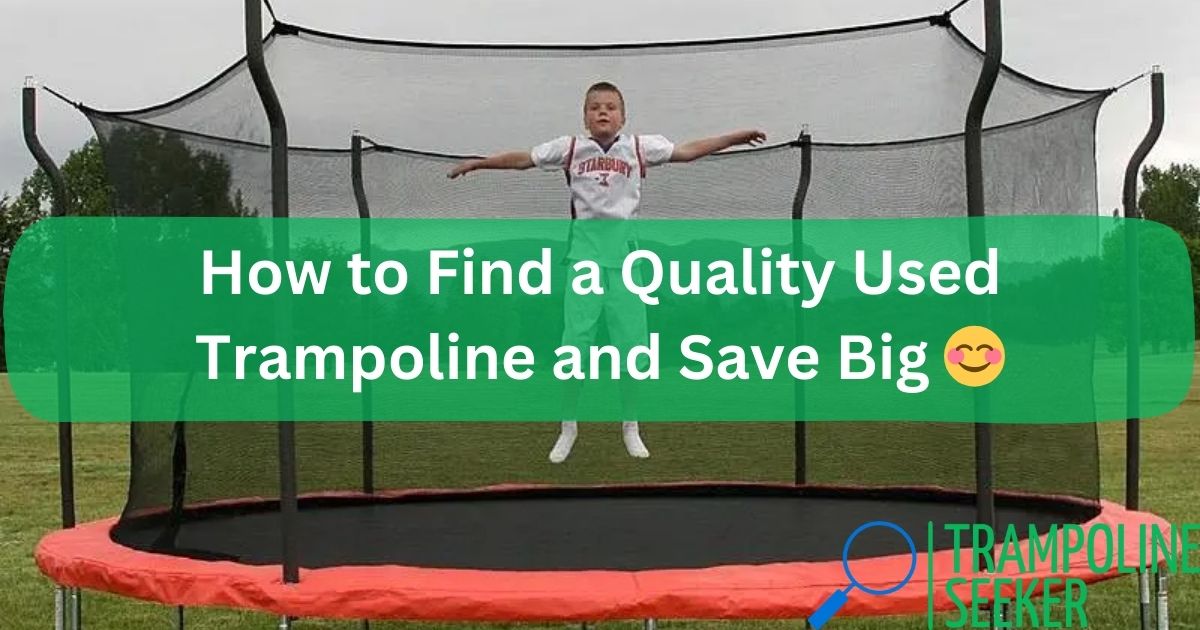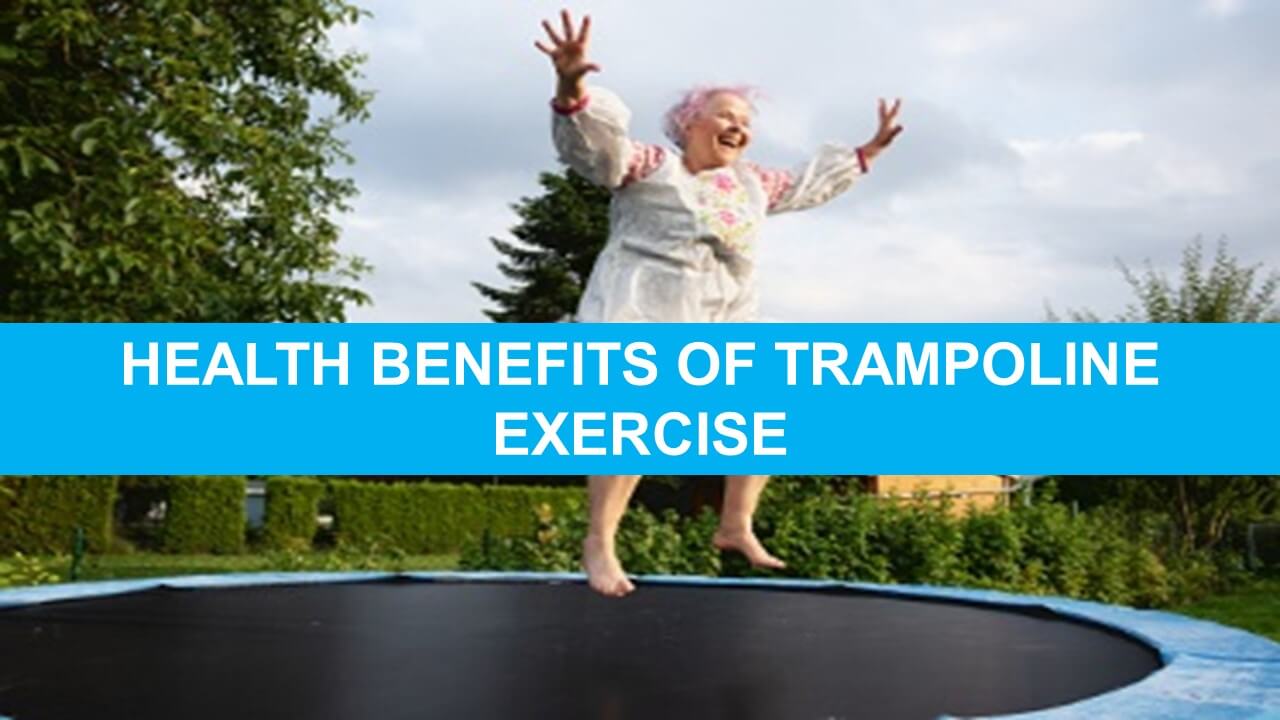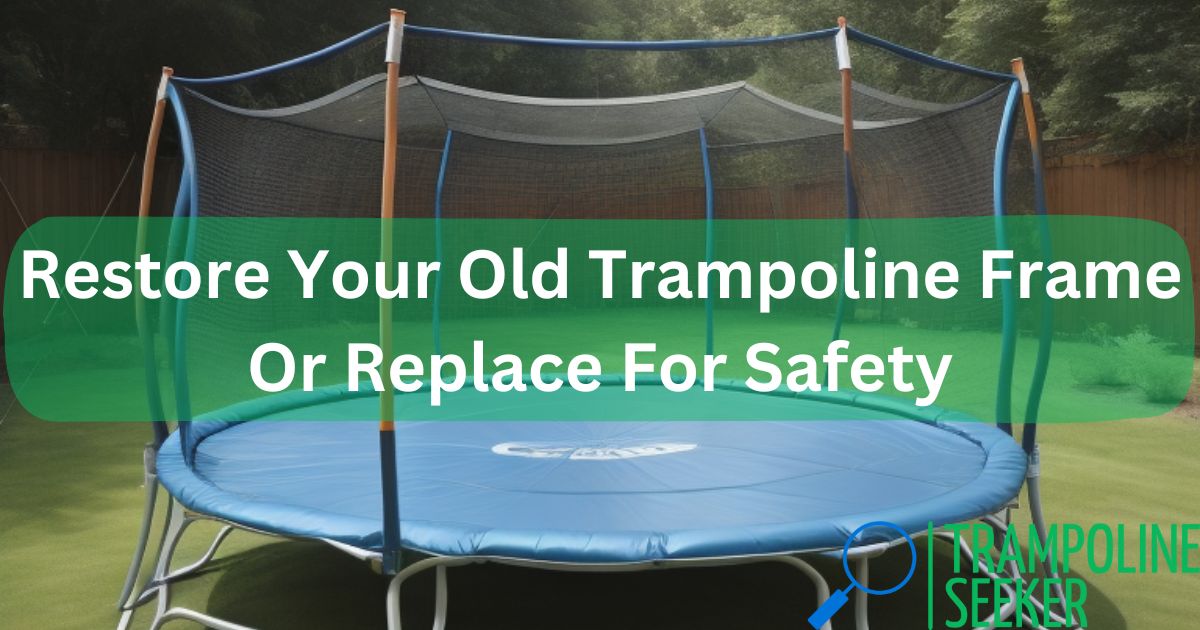Trampoline jumping is an enjoyable activity for kids and adults alike. It allows you to experience the thrill of being airborne while getting some exercise. However, trampolines can also lead to injuries from falling off, colliding with other jumpers, or landing improperly.
This is where trampoline enclosure nets come in. They are essential safety accessories that surround the trampoline and prevent users from falling off. As an experienced trampoline enthusiast and product reviewer, I highly recommend using enclosure nets for the following key reasons:
- Prevent falls and injuries
- Allow safe jumping for multiple users
- Protect against impacts on frame and springs
- Give parents peace of mind
In this guide, I will provide detailed information on trampoline enclosure nets – what they are, why they are so important for safety, and key factors to consider when choosing one. Read on to make an informed decision and give your family a fun and safe trampoline experience! 👨👩👧
What Is a Trampoline Enclosure Net?

A trampoline enclosure net is a mesh netting that completely surrounds the trampoline jumping surface and attaches to the frame using poles. It acts as a barrier to prevent users from falling or bouncing off the trampoline as they jump.
The net extends vertically around 6 feet high from the edge of the jumping mat. The material used is durable and UV-resistant synthetic fiber woven tightly to form the netting. Padding is provided on the poles and at points where the net attaches to the frame for safety.
Enclosure systems usually have zippered doorways to allow easy access to the trampoline. The door can be fastened with additional securing systems like snap clips or Velcro for added protection.
Why Are Enclosure Nets So Important for Trampoline Safety?
Installing a trampoline enclosure net is one of the most crucial steps you can take to prevent injuries and make trampolining safer. Here are some key reasons why they are an absolute must-have:
Prevent Falls and Injuries
The primary purpose of enclosure nets is to prevent users from falling off the trampoline as they jump and bounce around. This protects them from potentially serious injuries from hard ground impact.
Research shows that a majority of trampoline-related injuries are caused by users falling off the equipment. Enclosure nets provide a sturdy barrier and eliminate this major risk factor.
Allow Safe Jumping for Multiple Users
Without an enclosure net, jumpers tend to stay in the middle of the trampoline mat to avoid falling off the sides. This limits space for multiple users to jump together.
With an enclosure in place, jumpers can utilize the entire surface area. Multiple people can jump together, with reduced risks of collision and falls. More jumpers can enjoy the trampoline safely.
Protect Against Frame and Spring Impacts
Enclosure nets add an extra layer of protection between the jumper and the trampoline frame and springs. This prevents users from crashing into the hard frame, getting body parts caught in springs, or abrasions from hitting the frame pads.
Give Parents Peace of Mind
As a parent, an enclosure net gives you assurance that your kids are protected while jumping. You can relax knowing there is a sturdy barrier keeping them safely contained within the trampoline space.
Supervision is still required, but you won’t have to worry about them falling and getting injured. Kids can have harmless fun while parents have some much-needed peace of mind!
Trampoline Safety Net Material
Trampoline enclosure nets are made from high-quality synthetic fiber that is UV-treated. This makes the material durable, resistant to outdoor exposure, and with properties ideal for safety nets:
- Strong – Made from tightly woven and reinforced synthetic fiber to prevent wear and tear. Can withstand normal trampoline use without sagging or tearing.
- Flexible – Has some give to avoid user abrasions. Bends instead of breaking when hit by jumpers.
- Visible – Bright colors and patterns make the net highly visible. This prevents accidental collisions.
- Weather-resistant – Treated for UV protection so the net doesn’t degrade in outdoor conditions over time.
- Soft feel – Smooth surface allows gentle slowing of any jumper impact and avoids pinching from the weave.
These properties make safety enclosure nets sturdy for protection yet with enough flex and padding for user safety.
Key Factors to Consider When Choosing a Trampoline Enclosure Net
If you are looking to buy an enclosure net for your existing trampoline or want one included with a new trampoline, here are some tips:
- Height 📏 – Aim for at least 6 feet height for protection for adults and kids.
- Material 👕 – Ensure UV-resistance for outdoor use and durability against wear.
- Pole padding 🧦– Thick foam padding prevents pole impact injuries. Avoid cheap thin padding.
- Door design 🚪 – Look for overlapping zipper doors with secure secondary closures like snap clips.
- Installation 🔧 – Nets for easy DIY installation are convenient. But ensure they attach securely to the frame.
- Warranty 📜 – Good manufacturers provide 1-3 years warranty on nets against defects and tearing.
Investing in a high-quality trampoline enclosure net ensures you get lasting performance and safety. Don’t compromise quality to save a little money in the short term.
Are Trampoline Enclosures Really Effective In Preventing Injuries?
Based on trampoline injury data and safety research, trampoline enclosures are highly effective at reducing injury risks:
✅ Over 25% of trampoline injuries are caused by falls off the equipment. Enclosures practically eliminate this major risk factor.
✅ Studies show a reduction of up to 80% in injury rates for trampolines with enclosures versus without.
✅ Enclosure nets reduce the chances of impacts on the frame and springs which cause many extremity fractures and dislocations.
✅ Preventing falls off trampolines with nets avoids potentially serious head and neck trauma injuries.
While supervision and safe jumping rules are still important, adding an enclosure net drastically improves overall trampoline safety. The evidence clearly shows they are very effective at injury prevention.
Trampoline Enclosure Alternatives
Some people use alternate setups instead of enclosure nets to restrict trampoline access:
Trampoline Tent
A tent-like soft play enclosure that attaches to the trampoline frame. Offers less injury protection compared to nets.
Solid Wall Barrier
Wooden or plastic walls around the trampoline. Can obstruct view and less flexible than nets.
Sunken Trampolines
Digging the trampoline into the ground to reduce fall heights. Involves extensive installation work.
No Enclosure
Avoiding any enclosure system altogether. Very risky and not recommended. Supervision can only go so far.
While these options may seem cheaper or easier to set up, they are clearly inferior substitutes safety-wise. A properly designed trampoline enclosure net is the safest and most effective barrier system you can use.
Trampoline Safety Rules To Follow With Enclosures
Trampoline enclosures provide a critical layer of protection, but some safety rules must still be followed to prevent injuries:
- Only allow one jumper at a time on the trampoline
- Always close zippers and secure with clips before use
- No somersaults or flips on residential trampolines
- Active adult supervision for kids at all times
- No bouncing near the door to avoid accidental openings
- No shoes or sharp objects allowed on the trampoline
Reinforce these rules with kids and ensure you watch them carefully. Warn them not to deliberately hit or hang off the enclosure net. Follow all manufacturer use guidelines for safe operation.
With proper use, enclosure nets reduce accident risks and make trampoline use much safer for everyone!
Frequently Asked Questions
Here are answers to some common questions about trampoline enclosure nets:
Are enclosure nets really necessary for home trampolines?
Yes, enclosure nets provide critical protection and significantly reduce injury risks from falls, collisions, and frame impacts. They are strongly recommended for backyard trampolines used for recreation.
Can’t nets be dangerous if kids hit them with force?
Quality enclosure nets are designed to flex and withstand impact. Nets are made from durable material and have padding on the poles. Supervise kids so they don’t deliberately hit the nets.
Do all new trampolines come with enclosure nets?
Many modern trampolines, especially home models, come with enclosures. But it’s best to verify this when purchasing. Consider budgeting for an after-market enclosure if needed.
How much height should a trampoline enclosure net have?
At least 6 feet height is recommended, or extending above the highest expected jump height. Maximum protection is provided by nets that extend well above the mat height.
How do I know my enclosure net is installed correctly?
Follow all manufacturer instructions during installation. Do bounce tests once installed. There should be no major gaps and the net should remain taut with no sagging.
Final Thoughts
Installing a high-quality trampoline enclosure net is absolutely critical for staying safe while having fun jumping. Take time to understand why they are important safety barriers and how to pick the right one. A few key takeaways:
👍 Prevent nasty falls and reduce injury risks significantly
👍 Allow more people to jump together safely
👍 Give parents reassurance and peace of mind
👍 Follow safety rules diligently even with enclosures
Trampoline jumping provides great exercise and enjoyment for the whole family. Don’t let safety concerns deter you from getting one. With a proper trampoline enclosure net and safe use, you can have all the bouncing fun with complete peace of mind!
Articles You May Like to Read:













